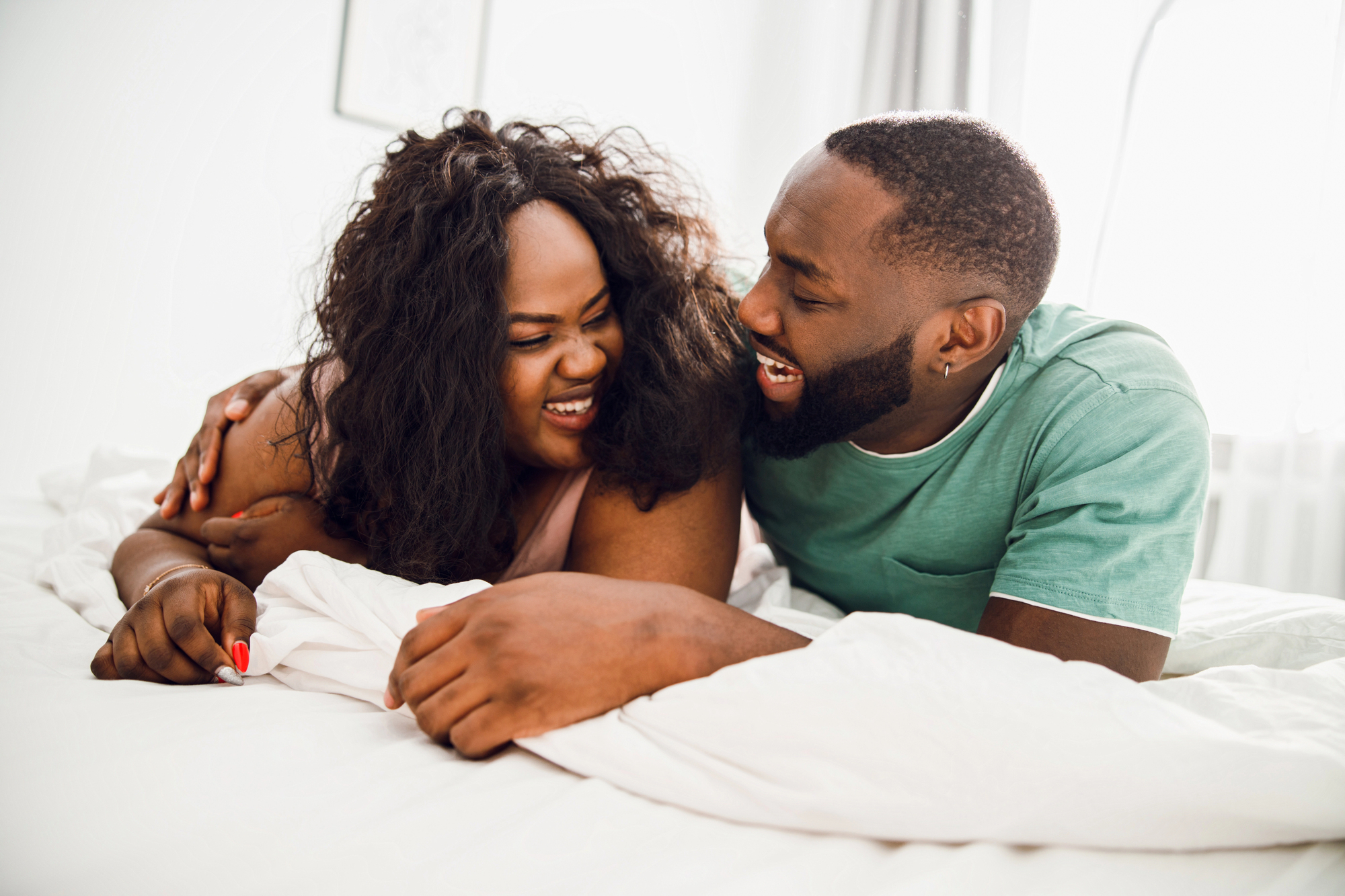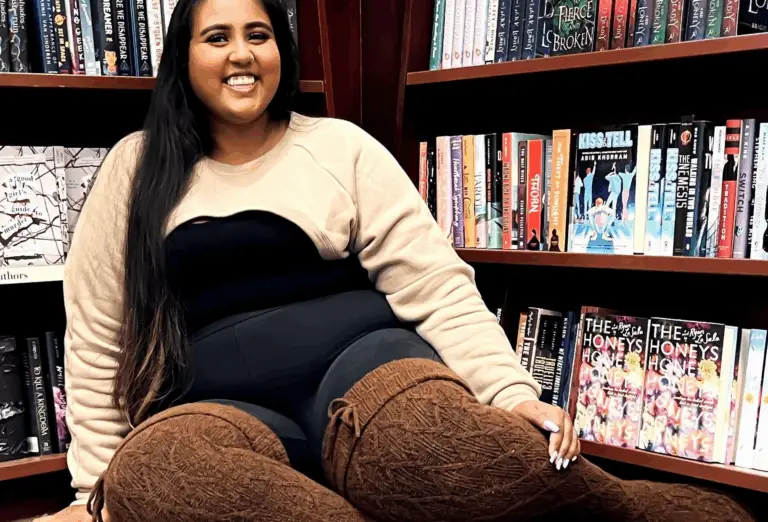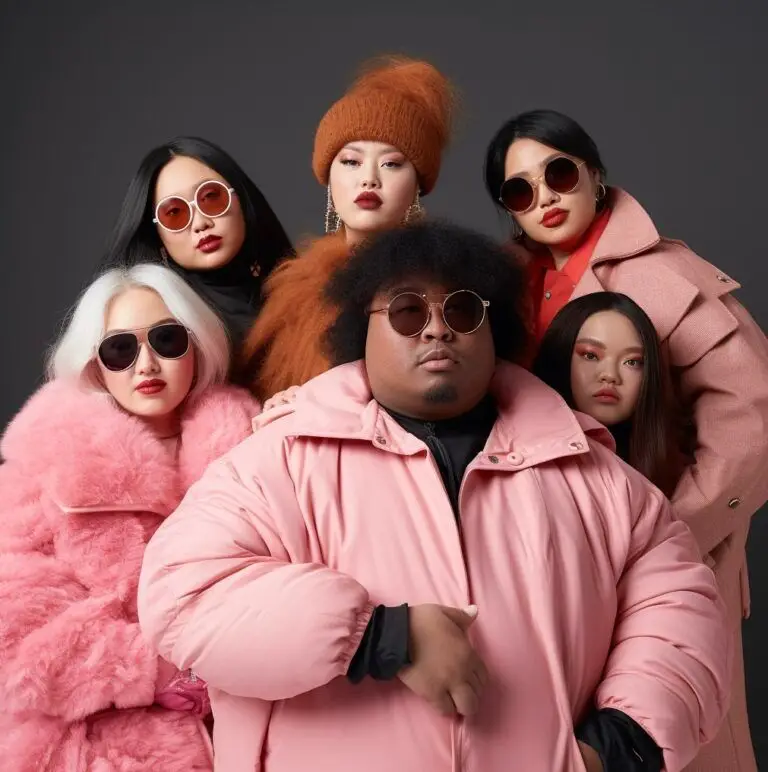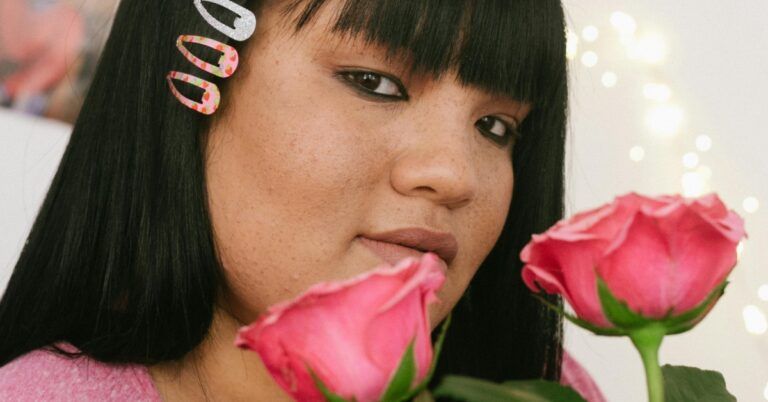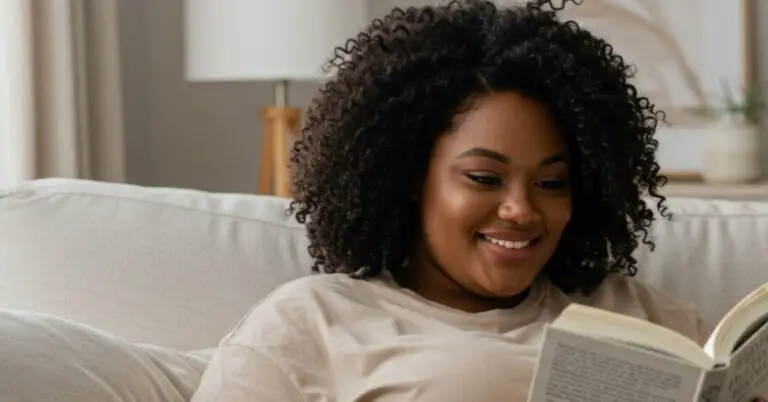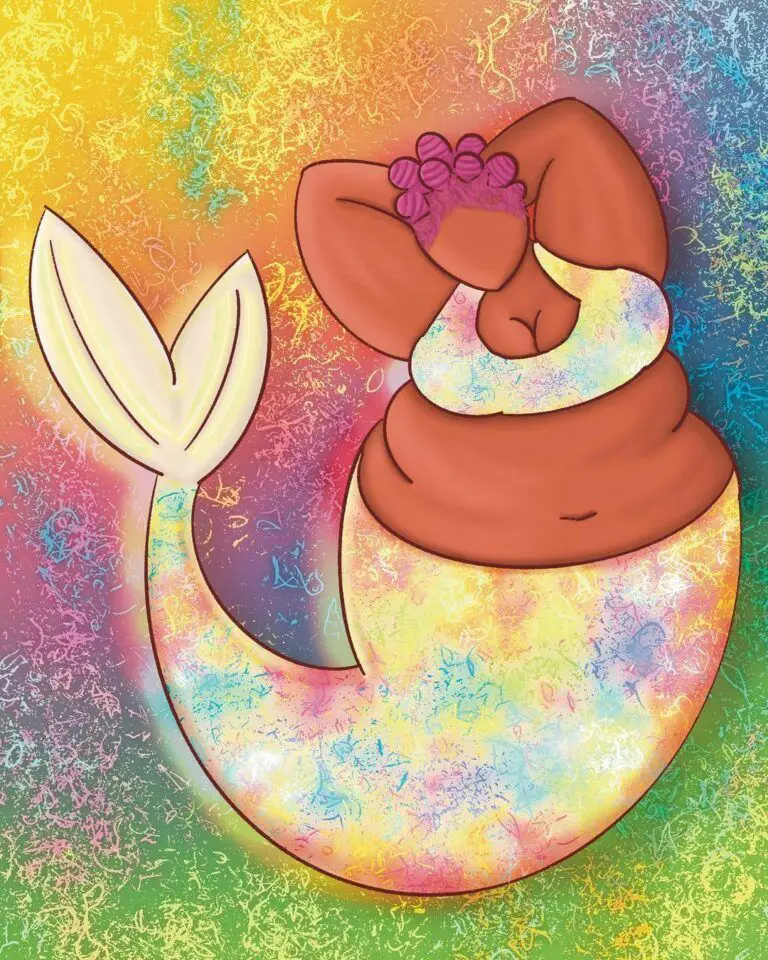Let’s set the scene… because yours truly, your ever‑stylish Curvy Content Queen, knows this moment well. You’re curled up on the couch, the book you’re reading is whispering secrets to your heart, your tea is at the perfect temperature, and you want to see you in that story. But wait… hang on, how often does “you” (plus size, bold, unapologetic, curve‑making‑moves) show up in those pages as the heroine, the one desired, the one whose body is not the story? The answer: way too rarely.
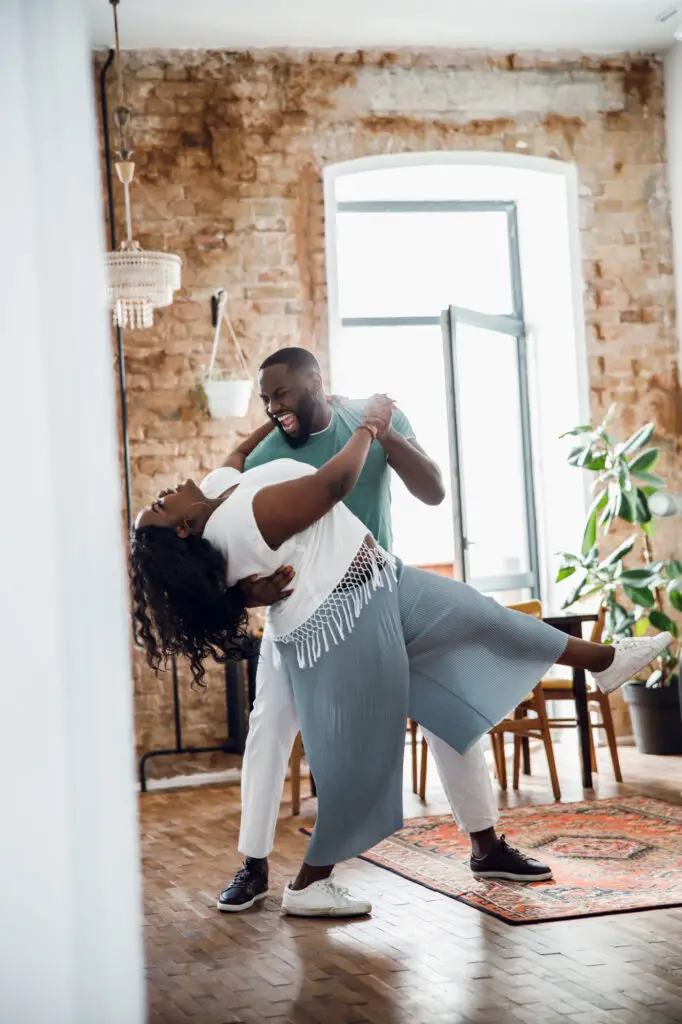
That longing to be seen, centered, and desired is exactly why plus size romance representation matters. It’s not just about inclusion, it’s about shifting the cultural narrative of who gets to be loved out loud. And that’s also why we started the TCF Book Club; to celebrate stories where the curvy girl gets the guy, the joy, the chaos, and the happily ever after without shrinking to fit someone else’s fantasy.
And that’s the crux: plus size visibility in romance fiction isn’t just “cute” or “nice to have.” It matters, because the romantic story we read reflects something deeply cultural, and the lack of it speaks volumes. Let’s dig in, curve by celebrated curve.
Why Plus size Romance Representation in Fiction Still Matters
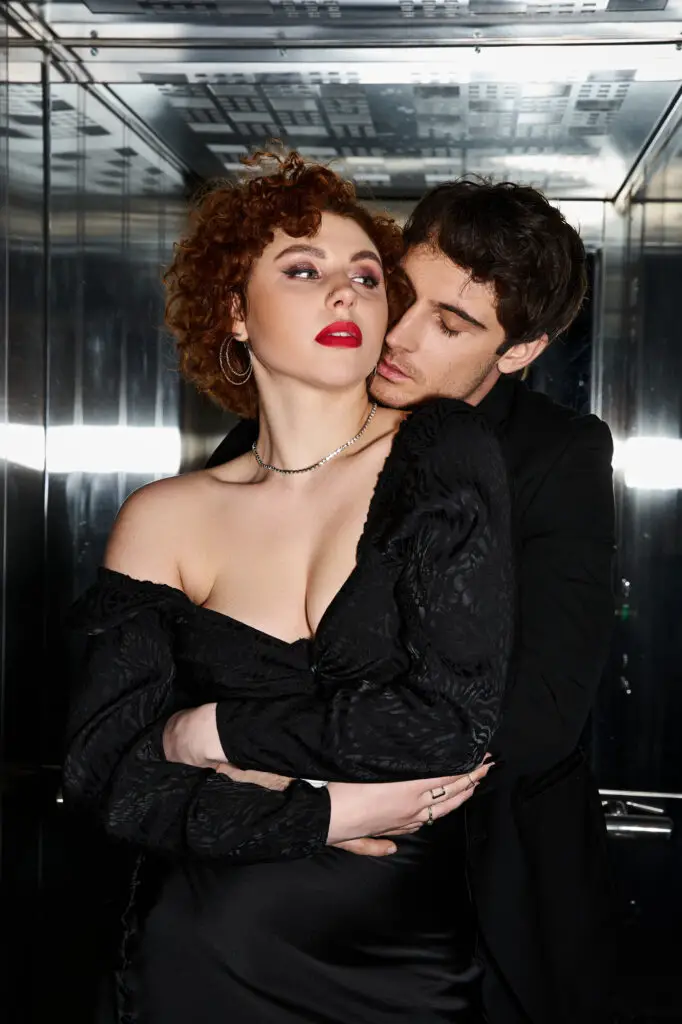
1. A Mirror For The Many, Not Just The Few
Here’s the bold truth: if the romance genre only shows (and markets) slender bodies as worthy of desire, depth, and happily‑ever‑afters, what does that say to readers in larger bodies? As author Mae Bennett writes:
“If romance books are the idealized version of life, and none feature someone plus size, what does that say to every plus size person… That they are not the ideal, not deserving of love, not someone worth dreaming about.” writersdigest.com
Yes, meaty and unapologetic. This isn’t lightweight fluff, it’s identity work. In the words of a 2011 academic article:
“‘Plus size’ romances challenge social expectations regarding women’s body sizes … advance the acceptance of real women’s bodies larger than the current slender ideal, and whose potential as romantic subjects is typically ignored in popular media.” Journal of Popular Romance Studies
In short: when bodies like ours appear, in full splendor, the message to readers is loud and clear: you are seen, you are worthy, you are desirable.
For a brand like The Curvy Fashionista? That’s cultural capital. That’s us owning our place in the story.
2. It’s a Cultural Conversation, Not Just a Body Type Spot‑Check

Plus size romance representation goes beyond just “throwing a curvy character into the mix.” It enters the realm of cultural storytelling. When plus size characters exist as romantic leads… not sidekicks, not punch‑lines, not “before” pics, they shift the narrative of who love is for. According to Meaghan Pierce:
“Plus size people have hot sex and don’t constantly obsess over their weight! But many fat characters in books come across in very self‑deprecating ways.” Plus Mommy
That’s exactly it. It matters what story we tell, how we tell it, and whose body it centers. One reviewer of the genre notes:
“Many romance novels with fat main characters have plus sized heroines who are deeply uncomfortable with their bodies and feel unworthy of love.” Smart Bitches, Trashy Books
If we think of romance as more than escapism, as a cultural ritual of hope, connection, fantasy, then excluding plus size bodies means excluding a whole lived experience of love, desire and longing. That omission is cultural deprivation.
3. Undoing Harmful Myths and Body Stigma
Let’s face some uncomfortable truths: mainstream media perpetuates harmful weight narratives. Thin bodies are often uncritically valorized; larger bodies dismissed or caricatured. In the romance genre this takes shape as: lovable only if they lose weight, sidekicks, or “plucky best friends” who don’t end up with the hero. The piece “Can We All Agree to Let These Toxic Plus Size Romance Novel Tropes Die?” puts it bluntly:
“Most romance novel covers feature a thin (while usually busty), white, cisgender, heterosexual woman … the beauty standard of America focuses on exactly that type of woman … Everyone should be able to live out their own fantasies with romance novels… that is the reason people buy them.” The Mary Sue

It’s not just about more bodies; it’s about changing the script. When a plus size heroine is desired, celebrated, safe and sexy, it helps dismantle the myth that only certain bodies are romantic or deserving of joy. This matters for self‑image, for how readers treat themselves, and how society treats bodies.
4. Commercial AND Creative Win (Yes, Brand Strategy)
Here’s a fact for the CEO’s notebook: the plus size audience is massive and purchasing power‑packed. Romance readers want to see themselves. When the genre fails them, there’s an opportunity for incremental innovation. As Mae Bennett notes in her piece: she picked up a book with a plus size main character and thought, simply, “Ah ha here I am.”
From a content strategy standpoint for The Curvy Fashionista:
- Highlighting plus size romance representation in fiction that is aligned with our ethos of representation and joy.
- It connects us with readers who want to see themselves… creating loyalty, community.
- It opens collaborations (authors, book clubs, influencers) that reinforce curvy‑affirming storytelling and lifestyle.
In short: showing up in romance literature is both moral‑cultural and smart‑business.
5. When Plus Size Characters Are Written Well, They Spark Joy… not Just Sympathy
Here’s a pivot: we don’t want more sad journeys to acceptance. We want full‑bodied, love‑centered stories. As writer Leonor Soliz puts it:
“People in larger bodies have complex lives, like everybody else… My books include fat neutrality and fat joy. I write heroes who enjoy seeing the way their heroine’s bodies jiggle, heroines that have no self‑criticism…”
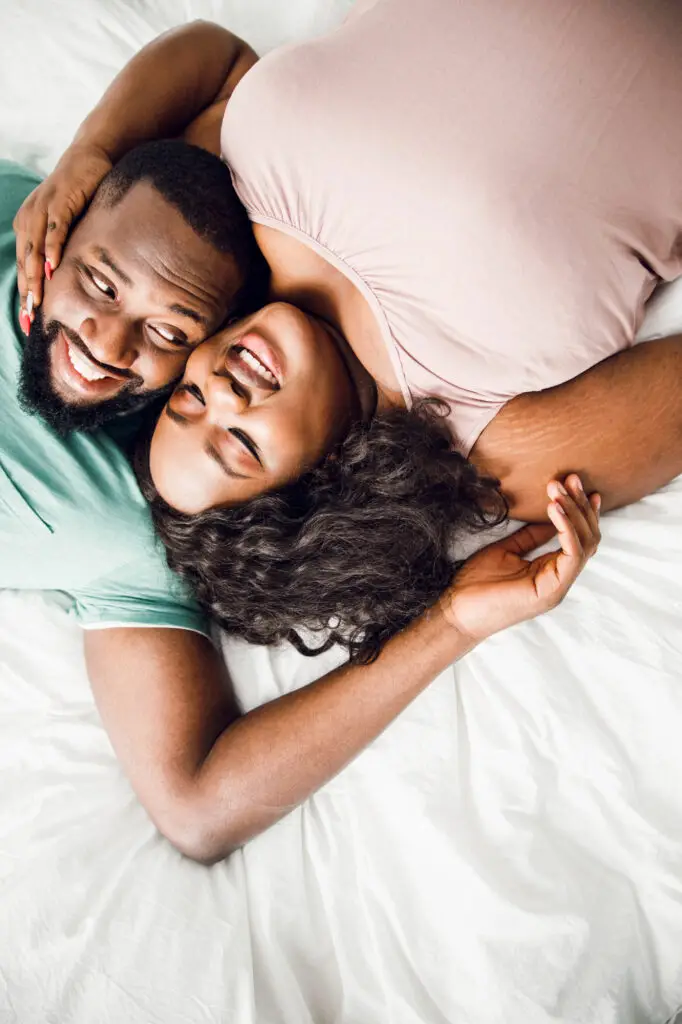
This is the sweet spot. The plus size character who exists without constant shame, who revels in joy, who is not the plot because she’s plus size, but simply with it. That kind of representation is radical in its quietness.
6. Because Love, Fiction‑Style, Should Reflect Real‑Life Diversity
Romance is the grand genre of because‑of‑course‑we‑can. It says: yes, you can meet your person, yes, you can fall in love, yes, you can deserve the happily ever after. But for far too long it’s said only if you fit a narrow mold.
Representation of plus size leads affirms yes, you can. The inclusive body type says: love isn’t conditional on size; desire isn’t size‑gated. One passionate reader on Reddit put it:
“The heroine is plus sized and her hero loves her for it!”
That comment might be short, but it’s loaded with significance.
Let’s Make The Genre Match Our Curves
As the founder of The Curvy Fashionista, you already know… representation in fashion shifts culture. When a plus size model owns the runway, the industry starts to bend. The same goes for romance fiction. When plus size romance representation includes plus size women as the leads, the ones loved, desired, and celebrated, we reshape what love stories look like for everyone.
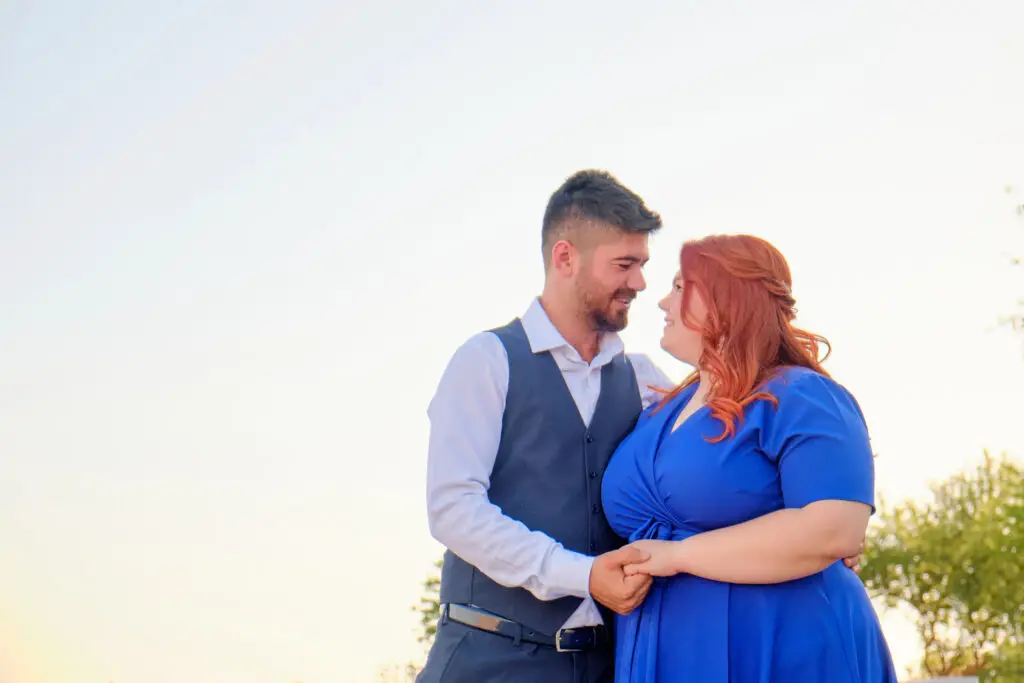
And this is exactly why we started the TCF Book Club. Because our community deserves stories where we don’t just exist in the margins… we own the whole damn page. We created a space to spotlight those authors and characters who reflect us: bold, soft, sexy, complex, and worthy of all the love.
If you’re ready to read stories that reflect the joy, the drama, the mess, and the magic of living in your curves, come join us. We’ve got spicy reads, cozy faves, and the kind of representation that reminds you, you are never too much for the love story.
Join the TCF Book Club list and get the next read dropped in your inbox. The plot twist? You might just see yourself on every page.

